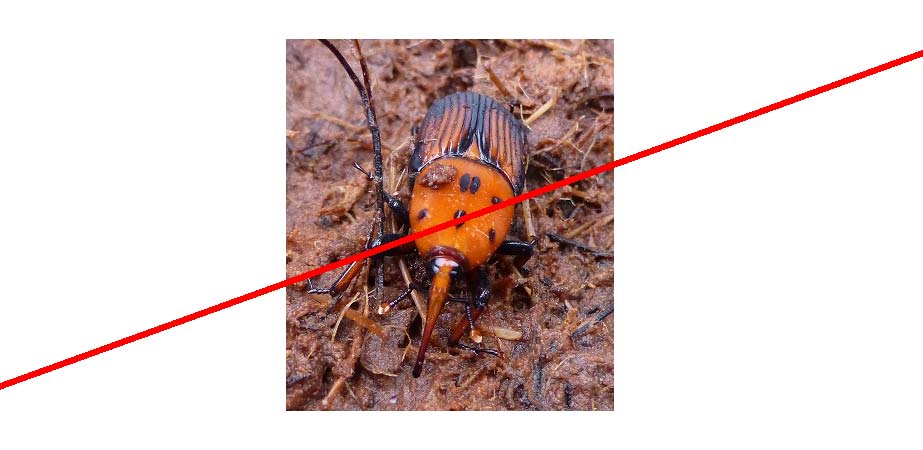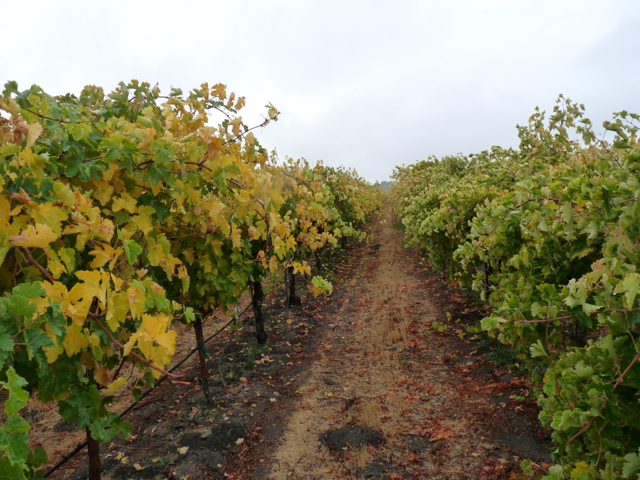Almond Board Election for Directors Begins
Almond Board Election Under Way; Voting begins January 31st.
Voting in the next Almond Board Election will begin January 31, 2015 to select two independent grower member and alternate positions and two independent handler member and alternate positions. Those elected to these positions will serve as directors for the Almond Board of California (ABC) with the terms beginning on March 1, 2015.
Candidates for the independent grower positions are:
Position One, Member (One-year term): Position One, Alternate:
Dave Phippen, Manteca (petitioner) Brad Klump, Escalon (petitioner)
Position Three, Member (Three-year term): Position Three, Alternate:
Holly A. King, Bakersfield (petitioner) Di Quaresma, Ripon (petitioner)
Caleb Gervase, Escalon (petitioner)
Leon Etchepare, Maxwell (petitioner)
Candidates for the independent handler positions are:
Position Two, Member (Three-year term): Position Two, Alternate:
Dexter Long, Ballico (petitioner) Todd Meyer, Chico (petitioner)
Position Three, Member (One-year term): Position Three, Alternate:
Joel Perkins, Coalinga (petitioner) Dinesh Bajaj, Orland (petitioner)
Ballots and instructions have been mailed to all independent growers and handlers whose names are on file with ABC. If an independent grower or handler does not receive a ballot, one may be obtained from the ABC office at 1150 Ninth Street, Suite 1500, Modesto, CA 95354. The Almond Board must receive ballots by Feb. 12, 2015, in order to be counted.
Additional election information may be obtained by contacting Sue Olson at (209) 343-3224.
As a governing body for the industry, the ABC Board of Directors is comprised of five handler and five grower representatives who set policy and recommend budgets in several major areas including: production research, public relations and advertising, nutrition research, statistical reporting, quality control and food safety.
















